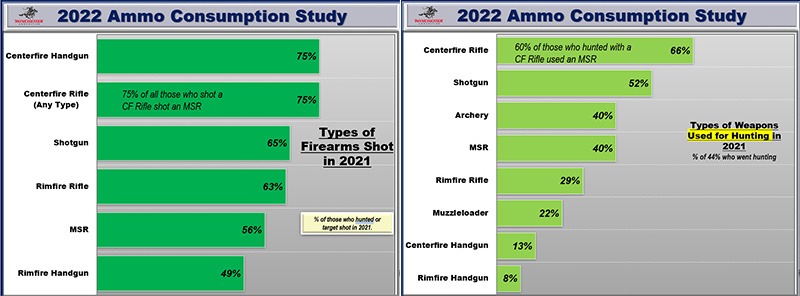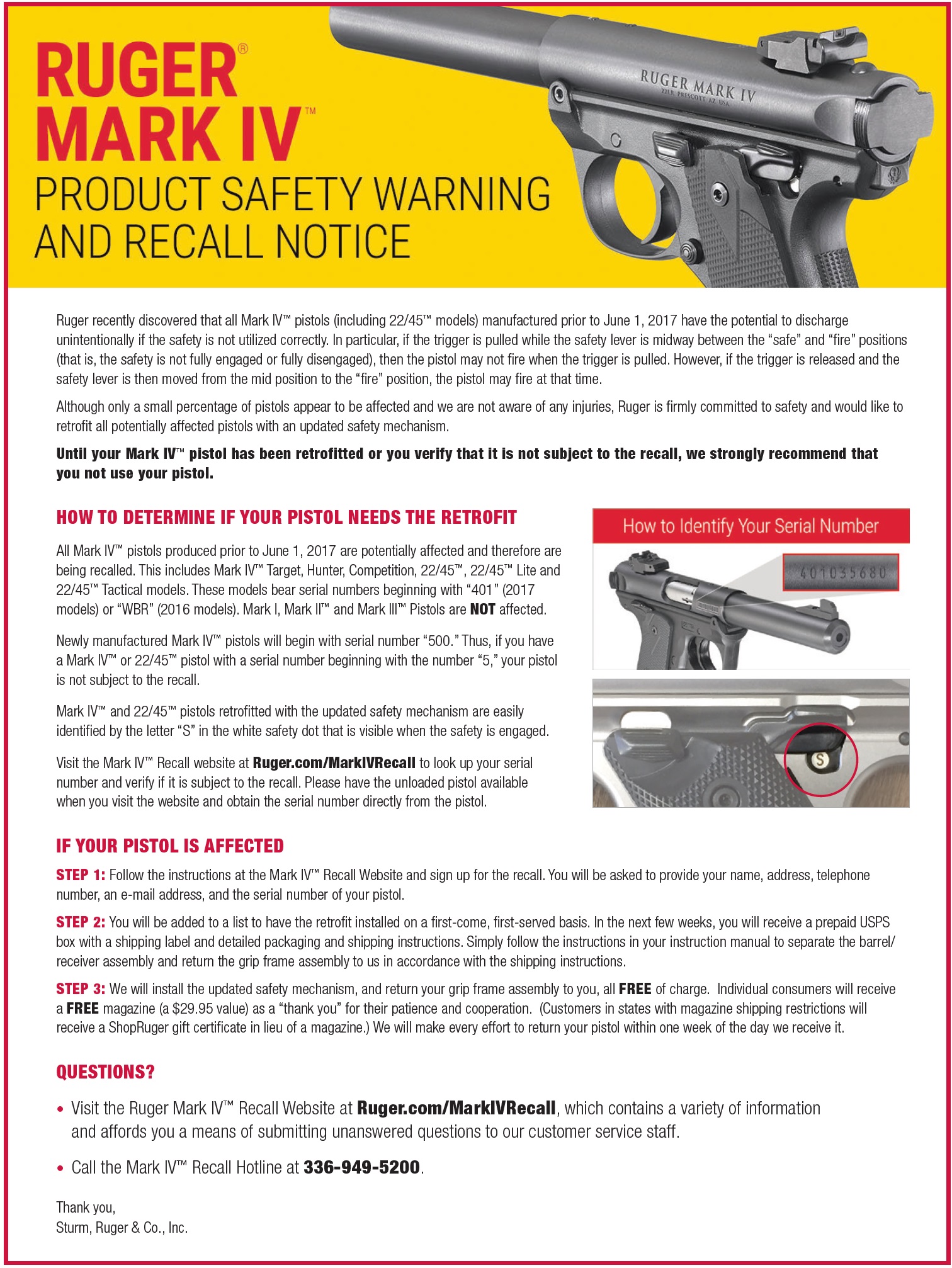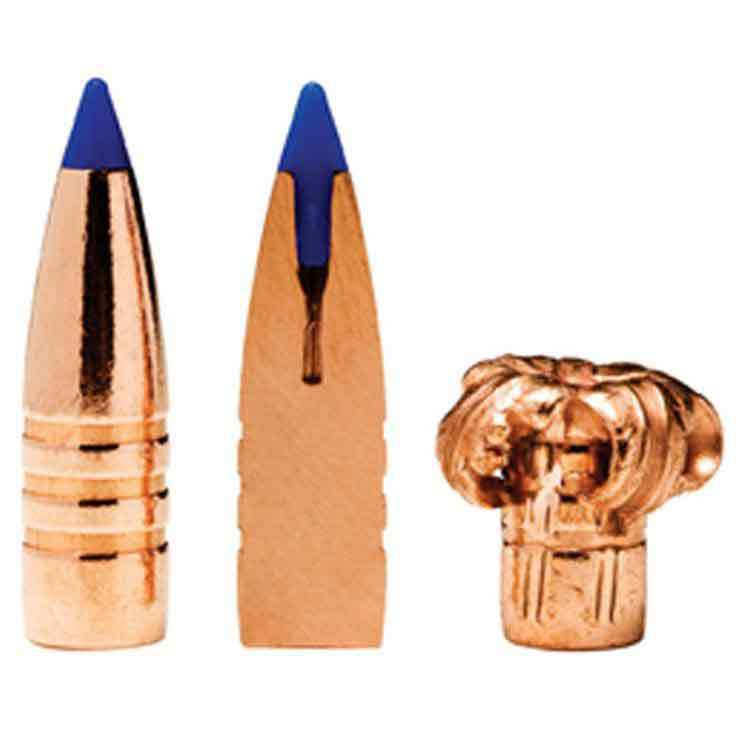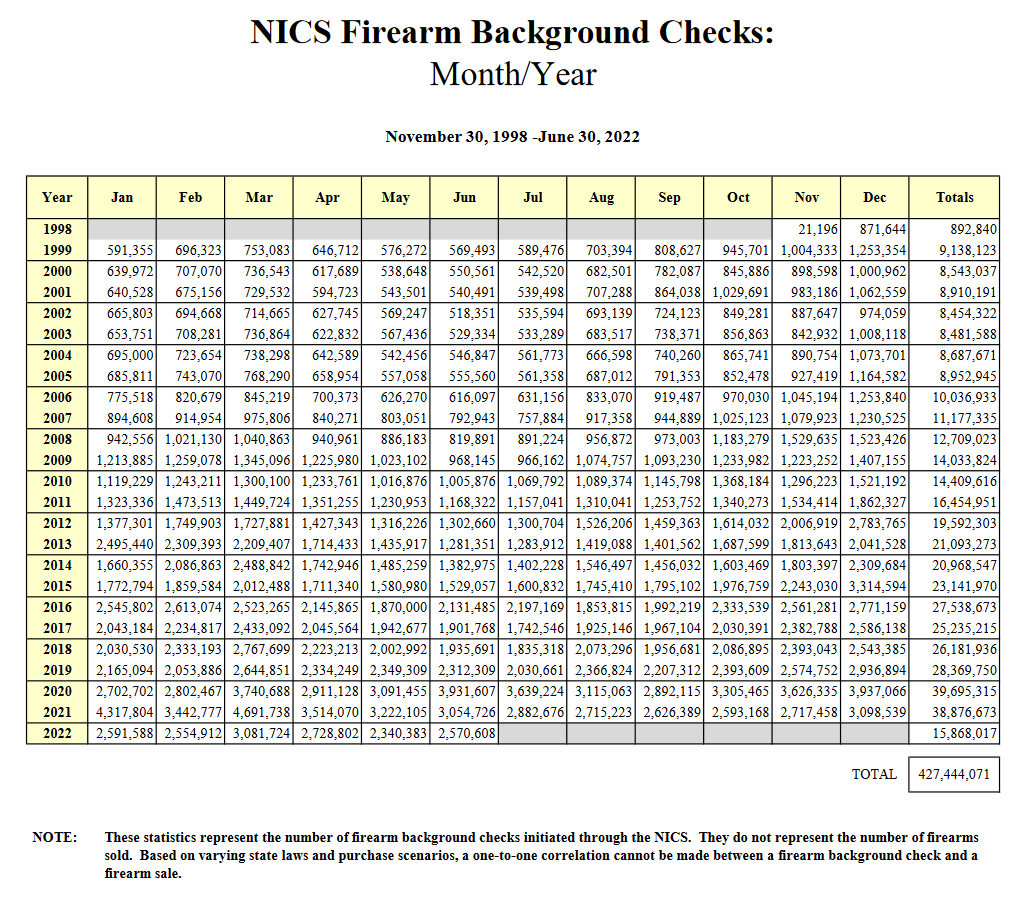BLUF
Wilkins sees eye to eye with the three-judge 5th Circuit panel that upheld the bump stock ban last December. Like the D.C. Circuit panel, it said “bump stocks qualify as machine guns under the best interpretation of the statute.” But the 5th Circuit vacated that panel decision in June, and it is now reconsidering the case. If the full court goes a different way, the circuit split could prompt the Supreme Court to weigh in.
D.C. Circuit Upholds the Bump Stock Ban, Saying It Is Consistent With the ‘Best Interpretation’ of the Law
It is hard to see how, given the contortions required to deliver the unilateral prohibition that Donald Trump demanded.
The U.S. Court of Appeals for the D.C. Circuit yesterday upheld the federal bump stock ban that took effect in 2019, approving the legal contortions required to justify it. In blessing the Trump administration’s redefinition of machine guns to include bump stocks and firearms equipped with them, the appeals court did not merely defer to regulators’ interpretation of an ambiguous statute. It concluded that the new reading of the law—which contradicts the position that the Bureau of Alcohol, Tobacco, Firearms, and Explosives (ATF) consistently took before then-President Donald Trump demanded that the agency ban bump stocks by administrative fiat—is “the best interpretation of the statute.”
That is hard to believe. The ATF’s justification for the ban is so implausible that it seems clear the agency rewrote the law to accommodate the president’s policy preferences, criminalizing previously legal conduct without bothering to seek new legislation from Congress.
Bump stocks, which became suddenly notorious after they were used in the 2017 Las Vegas massacre, facilitate a rapid-firing technique in which recoil energy pushes the weapon backward, resetting the trigger, while the shooter maintains forward pressure on the gun, causing the trigger to bump against his stationary finger. Crucially, the gun still fires just one round each time the trigger is activated, and it continues to fire only as long as the shooter deliberately and repeatedly engages the trigger by pushing the weapon forward.
Those points are crucial because federal law defines a machine gun as a weapon that “automatically” fires more than one round “by a single function of the trigger.” The definition also includes “any part” or “combination of parts” that is “designed and intended” to convert a firearm into a machine gun.







